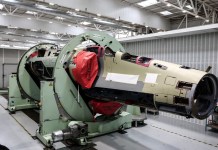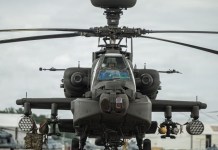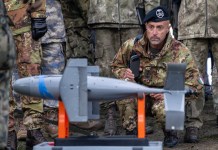The Ukraine war has flooded social media with images and videos of Russian tanks lying destroyed, having been ambushed by Ukrainian armed forces equipped with anti-tank weapons.
A key feature of these destroyed tanks is their turrets which are seen blown off clean and in some cases thrown far away.
A video has been doing the rounds on social media depicting a tank turret belonging to one of the destroyed combat vehicles torn off and thrown into an apartment building reportedly in Mariupol.
This multi-ton tank tower ended up on the fifth floor of the building suggesting that it must have been thrown more than 15 meters into the air, which is rather extreme of all the documented cases so far.
#Ukraine: A tank turret, which landed on the 5th floor of the residential building in #Mariupol. The absolute winner. pic.twitter.com/7Yzi9H8hD5
— ?? Ukraine Weapons Tracker (@UAWeapons) April 21, 2022
Similarly, another video had surfaced in early April, from somewhere around Chernihiv where a turret was blown into the second story of a house.
‘Jack-In-The-Box Effect’
Reports suggest that Russian tanks are exploding when penetrated by armor-piercing rounds causing the turrets to be hurled several feet in the air.
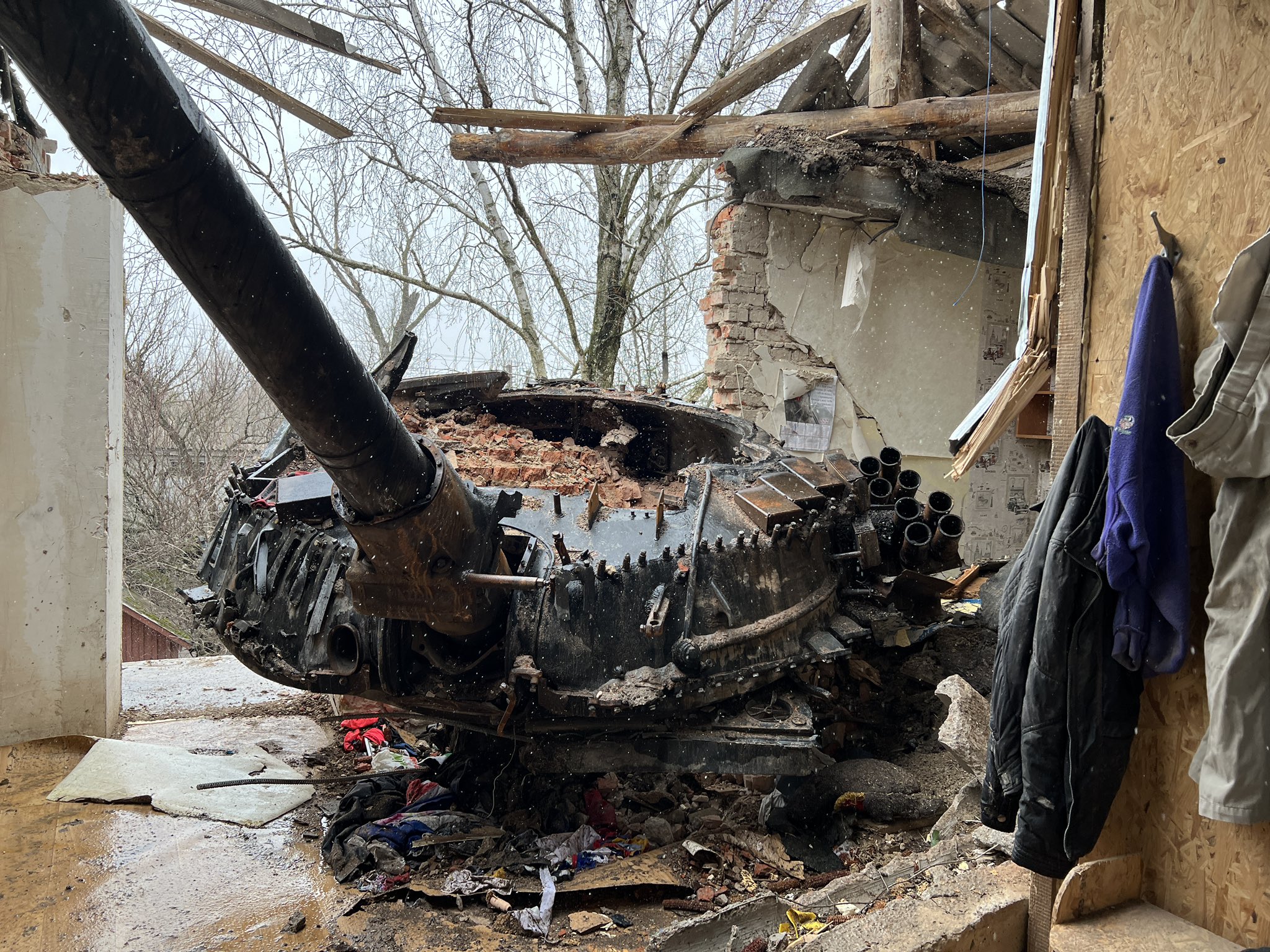
This is known as the ‘jack-in-the-box effect’ – a type of explosion – which causes the tank’s turret to be violently blown off the chassis and into the air. It is named after the child’s toy, the jack-in-the-box, in which a puppet pops up. Most of the time in such cases, the crew inside does not survive.
Tank turret blown into 2nd story of home in rural Chernihiv, Ukraine pic.twitter.com/rjs88L3VB3
— Sergio Olmos (@MrOlmos) April 3, 2022
It occurs when the heat or shockwave of the blast causes detonation of all the tank’s ammunition and propellant causing an instantaneous pressure inside the sealed internal compartment of the tank until it explodes outwards through the weakest point in the compartment, namely the turret ring, blowing it straight up into the air
The Russian-made T-72 and T-80 tanks are particularly prone to such types of explosions, in part because of their autoloading mechanisms that store tank rounds in a carousel at the base of the turret.

Because of the autoloader, the number of personnel needed inside the turret reduces by 25%, and even the space needed is significantly reduced.
This makes the turret smaller giving the tank a much lower profile, such as in the case of the T-72 which is almost a foot shorter than the American M1 Abrams allowing the Russian tanks to take cover and remain unnoticed more easily.
Maj. Mike Liscano Jr. of the US Army told EurAsian Times that Russian military planners believe “in the theory of the lower profile tanks equal greater survivability on the European battlefield moving to the forest, low grounds, rolling terrain, and cities.”
However, this configuration poses a grave danger to the crew inside the turret as the ammunition is stored in the form of a carousel in the body of the tank directly below the turret leaving no barrier between the crew and the stored ammunition.
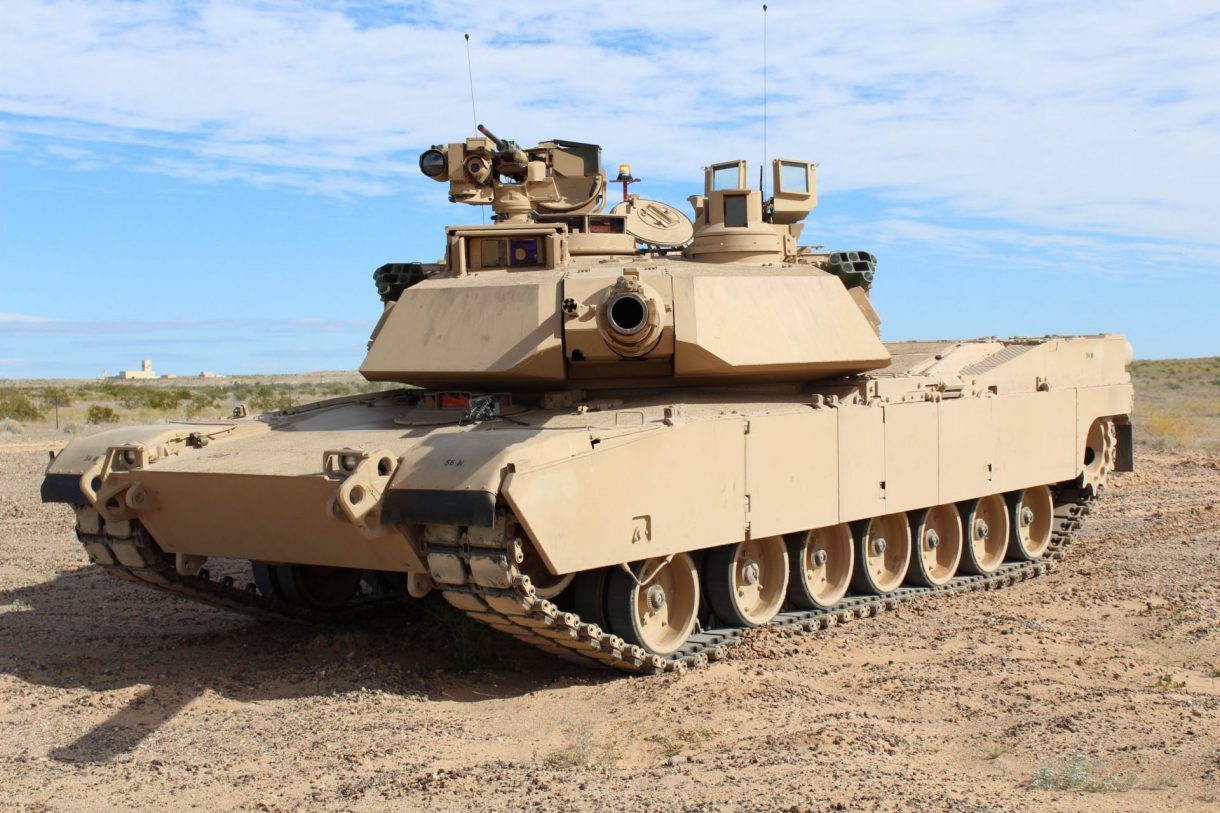
Difference Between Western And Russian Tanks
In most western tanks, including the Abrams, the ammunition is separated by the blast walls from the crew compartment and is fitted with special blow-out panels so that even if the ammunition explodes, the panels would blow away first and the blast would be directed outwards rather than through the closed crew compartment. This gives the crew time to escape.
While speaking to the EurAsian Times, Major Liscano noted that during the urban combat in Operation Iraqi Freedom, there were occasions of insurgents firing mass volleys of RPG/ATGMs at the rear of the turret and engines of the M1 Abrams to get a lucky hit.
“The RPG/ATGMs penetrated and almost immediately, the tank’s rounds hit by the RPG/ATGM exposed setting off the other tank rounds. The crew hunkered down with the driver able to move out the “kill zone” and set in an open area not to damage surrounding civilian homes and avoid civilian and friendly forces casualties,” said Liscano, who is the Chief of Tactics for the service’s Armor School’s 2nd Squadron, 16th Cavalry Regiment.
Whereas in Russian tanks, there are no blow-out panels, as the ammunition is in the same place as the crew. So, when an anti-tank munition penetrates the turret or the hull it can set off the stored ammunition causing the tank to explode in catastrophic fireballs tearing the tank apart from within, often throwing away the turret in the air. Such events can instantly kill the crew.
When asked as to what might have caused the turret of a tank to be thrown away up to such extreme heights of 15-20 meters, Major Liscano said that it would depend on “the type and amount of ammunition in the ammunition carousel and the turret basket.”
“The more high explosive rounds and associated propellants, the more likely the turret will do the ‘Jack in the Box’ effect,” he said. “Just imagine dropping a lit match into a barrel full of gun powder with nothing to stop the ignited match from landing on the explosive material.”
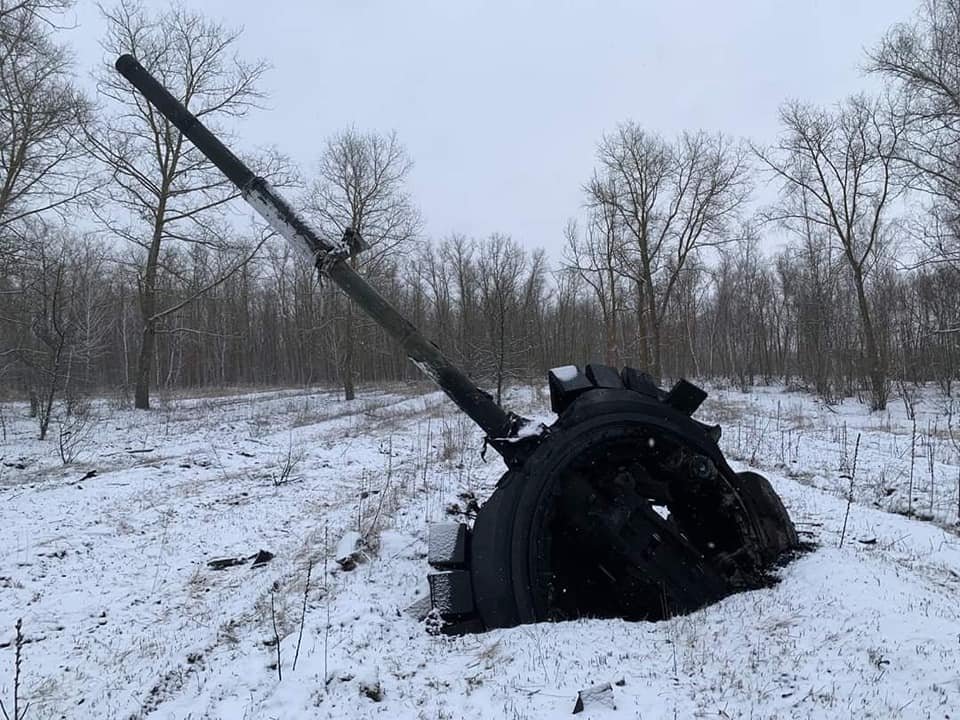
Lethality vs Survivability
According to Major Liscano, the different ways in which the M1 Abrams and Russian tanks store ammunition reveals the drastic difference in the thinking of both militaries on the issue of survivability.
“The Russians prioritize lethality over survivability”, says Liscano. “They wanted lethal overmatch and they knew they had overwhelming numerical superiority over NATO. They had the mentality that with lethality, there is a quality with quantity.”
Whereas the West, Liscano said, realized the need to “fight outnumbered and win” and decided to make ‘survivability’ a key factor in tank designs.
“Make one of our tanks so powerful that it can knock out 10 or more Russian tanks before potentially being overwhelmed,” said Liscano. “Then if our tank is disabled, the trained and experienced crew can jump out and live to fight another day jumping onto the next available tank. “
He also emphasized that a well-trained crew can overmatch a numerically stronger enemy while noting that during the 1973 Arab Israeli war on the Golan Heights, the Israeli tank crews “were massively outnumbered with many obsolete tanks against the newest Russian Tanks provided to the Arab Forces” not only held their ground but also managed to win.
“The west, especially the US, looks at our true combat power is our people. Educate and train them and provide the best most lethal, survivable, and maneuverable combat platform, and even outnumbered we will win,” Liscano added.
- Written by Tanmay Kadam/EurAsian Times Desk
- Contact the author at etdesk@eurasiantimes.com
- Follow EurAsian Times on Google News

